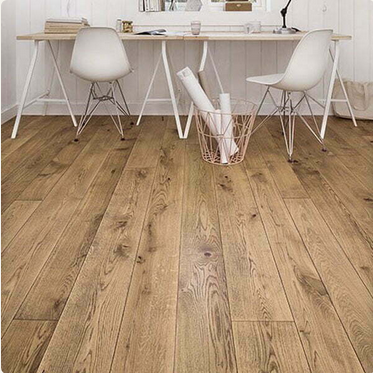
Author, Written by: Bledy (Installation Expert and Technical Writer)
In today’s British homes, flooring is no longer a single surface solution. Instead, designers are embracing a modern, layered look by combining different flooring textures throughout a property. Whether it’s blending wood with stone, pairing soft underfoot options with sleek finishes, or using patterns to zone areas, this trend is about both style and function.
Let’s explore how UK homeowners and interior designers are using texture mixing to create beautiful and practical interiors.
Why Mix Flooring Textures?
Mixing textures adds visual interest, improves flow in open plan spaces, and creates subtle transitions between rooms. It also allows homeowners to balance comfort, durability, and design. For example, while natural wood adds warmth and character, LVT/Vinyl or tile may offer more water resistance in kitchens or bathrooms.
Common Texture Combinations
1. Wood and Tile Transitions
One of the most popular combinations is wood flooring in living spaces paired with stone effect or ceramic tiles in kitchens or entryways. This pairing works especially well in homes with busy households or pets, offering a clear distinction between relaxing and high traffic zones.
2. Herringbone Meets Smooth Planks
For a modern meets classic aesthetic, many UK homes are now combining herringbone parquet with straight planks of the same wood tone. This subtle shift in pattern creates a layered look without clashing styles. It is particularly effective in hallways opening into larger rooms.
3. Carpet with LVT or Laminate
In upstairs bedrooms or snug lounges, soft carpets offer warmth and comfort underfoot. When paired with wood effect LVT or laminate in adjoining corridors, this creates a cohesive flow while offering functional benefits in each area.
4. Concrete Effect Vinyl and Oak Wood
This urban inspired pairing is gaining traction in contemporary flats and loft-style conversions. The industrial edge of concrete vinyl contrasts beautifully with the natural grain of light oak, offering a minimalist yet inviting palette.
Design Considerations
When mixing textures, the key is cohesion. Colour tone and material quality should align across all flooring choices. For instance, warm toned wood pairs better with beige or cream stone tiles, while cooler toned oak complements greys or charcoal.
Also consider thresholds and transition strips. Choosing low profile or invisible joins ensures the mix looks intentional rather than improvised.
Best Rooms to Try This Trend
-
Open Plan Spaces: Great for defining kitchen, dining, and living zones without building walls.
-
Hallways and Entrances: Transition from hardwearing tile to inviting wood as you move through the home.
-
Bathrooms and Bedrooms: Pair soft flooring in sleeping areas with water resistant options near sinks or en suites.
Final Perspective
Mixing flooring textures is more than a visual trend. It is a reflection of how we use our homes balancing comfort with practicality. Whether you are remodelling a period property or designing a new build, combining materials thoughtfully can elevate your space and make it truly yours.
Need help selecting the right flooring combinations for your home? Feel free to get in touch.
About Author:
Bledy is a flooring installation expert with over 15 years of experience. He writes easy to follow guides and tips to help homeowners and professionals with flooring projects.
